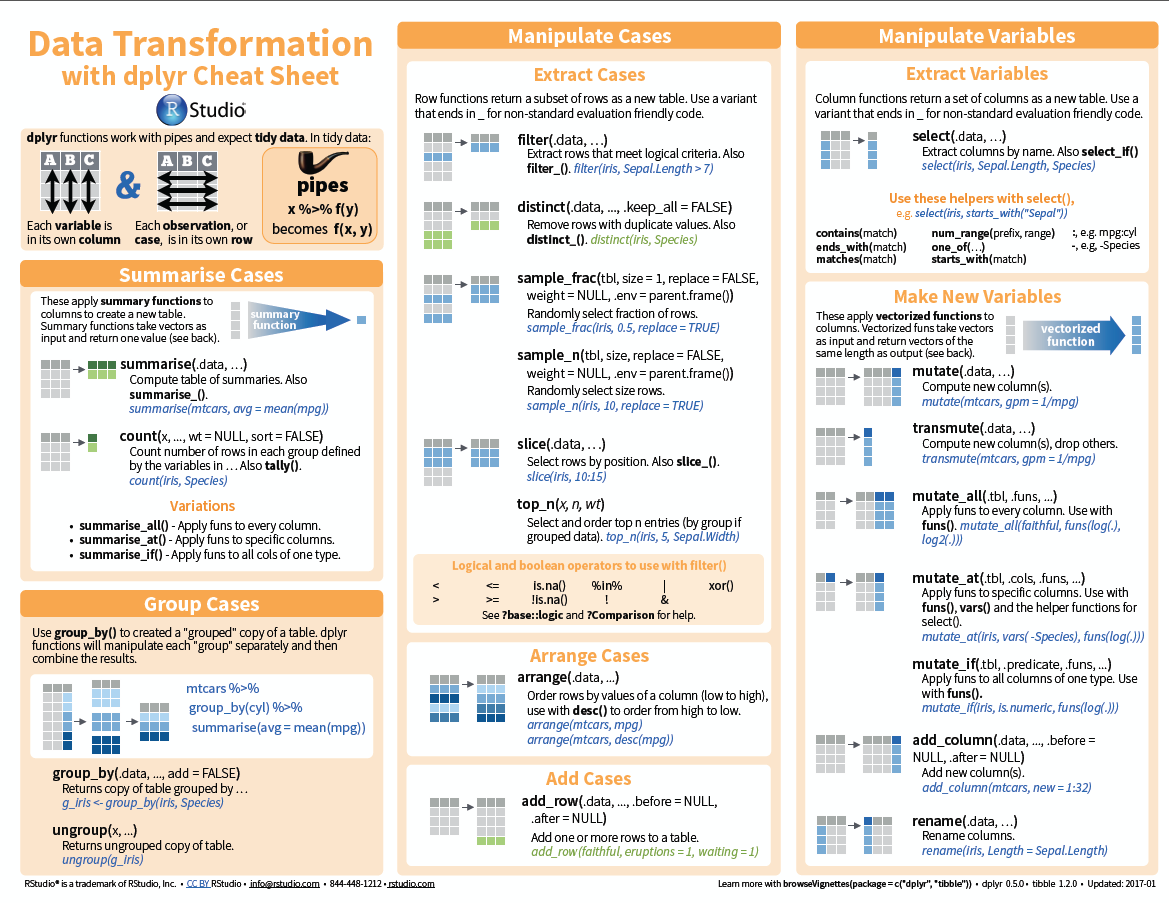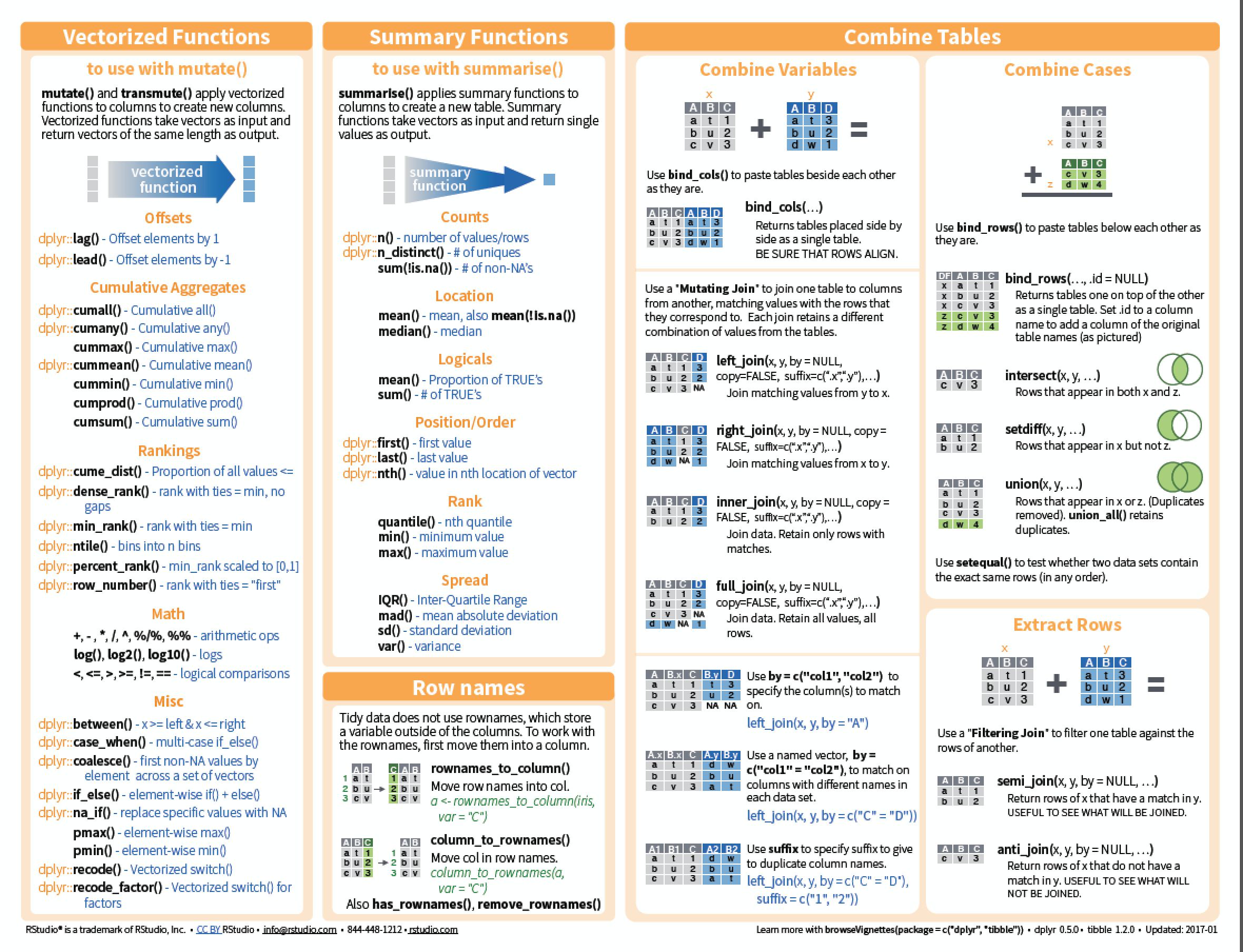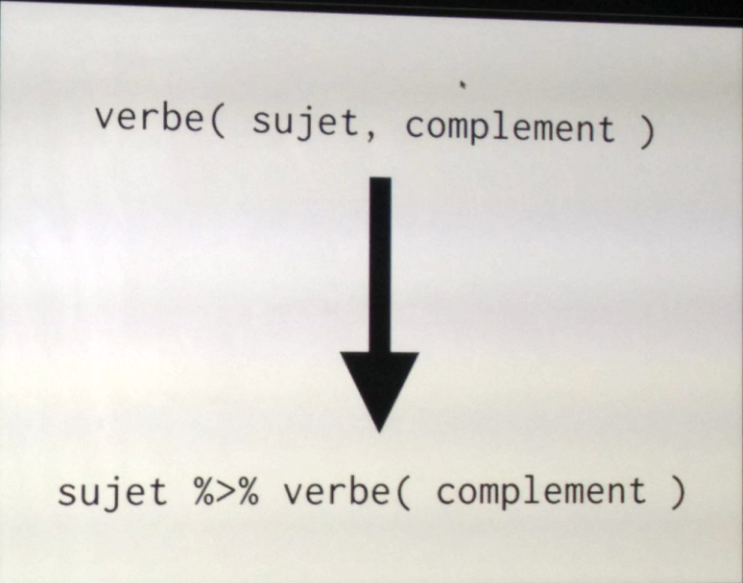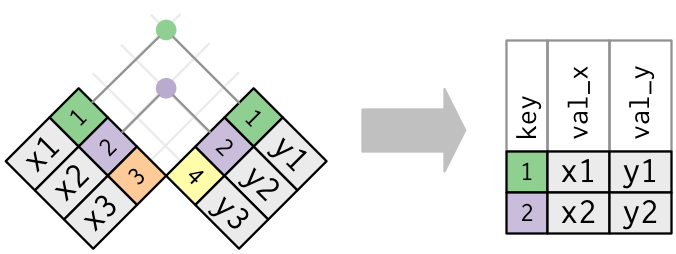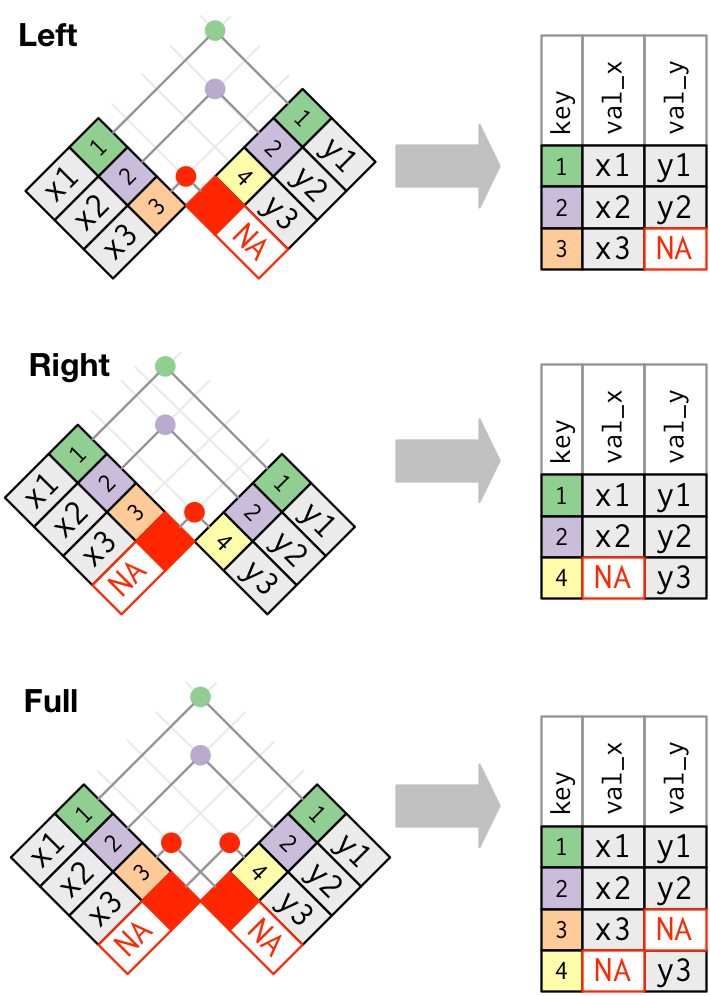glimpse(gene_by_exon)
Observations: 2,417
Variables: 9
$ ensembl_gene_id <chr> "ENSG00000264452", "ENSG00000274046", "E...
$ ensembl_transcript_id <chr> "ENST00000583496", "ENST00000617336", "E...
$ chromosome_name <int> 21, 21, 21, 21, 21, 21, 21, 21, 21, 21, ...
$ start_position <int> 44439035, 7092616, 8433085, 39171462, 41...
$ end_position <int> 44439110, 7092716, 8433174, 39171560, 41...
$ hgnc_symbol <chr> "", "", "", "", "", "ITGB2", "ITGB2", "I...
$ hgnc_id <chr> "", "", "", "", "", "HGNC:6155", "HGNC:6...
$ strand <int> 1, 1, 1, -1, 1, -1, -1, -1, -1, -1, -1, ...
$ gene_biotype <chr> "snoRNA", "misc_RNA", "misc_RNA", "misc_...

